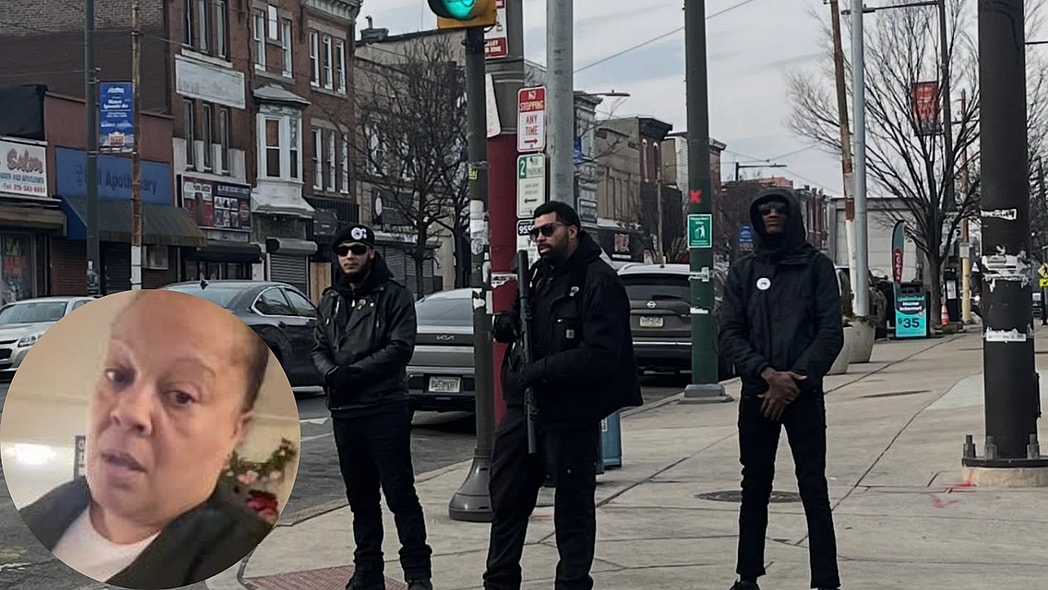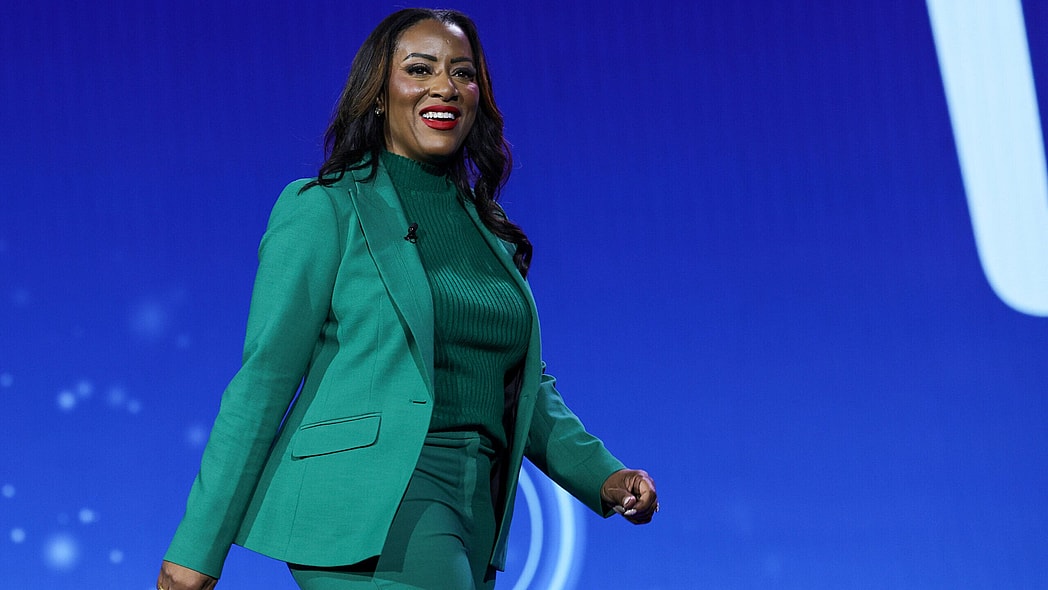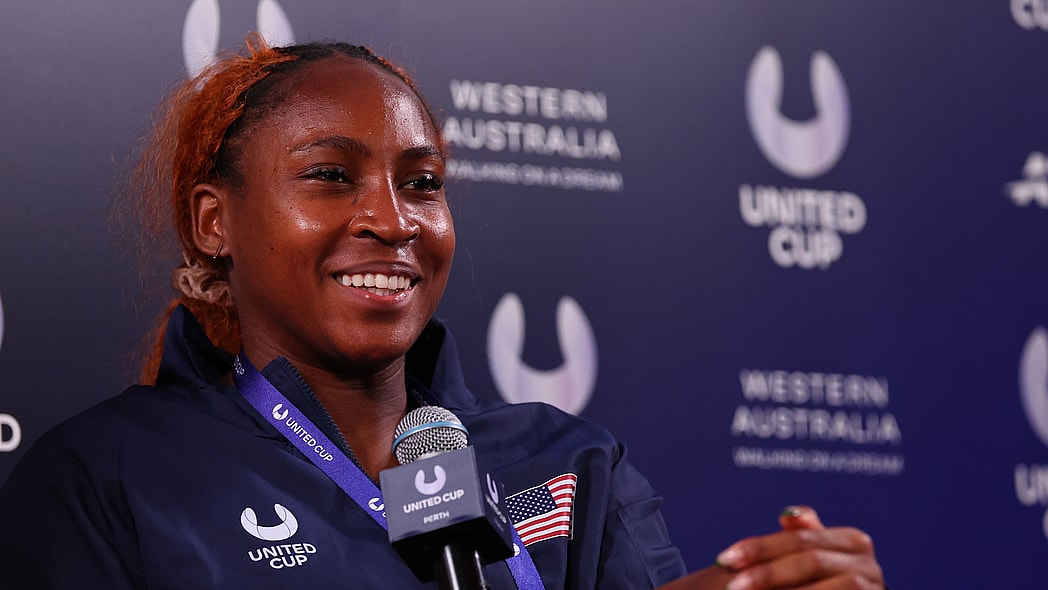NEW YORK (AP) — Josh Gibson became Major League Baseball’s career leader with a .372 batting average, surpassing Ty Cobb’s .367, when Negro Leagues records for more than 2,300 players were incorporated Tuesday after a three-year research project.
Gibson’s .466 average for the 1943 Homestead Grays became the season standard, followed by Charlie “Chino” Smith’s .451 for the 1929 New York Lincoln Giants. They overtook the .440 by Hugh Duffy for the National League’s Boston team in 1894.
Gibson also became the career leader in slugging percentage (.718) and OPS (1.177), moving ahead of Babe Ruth (.690 and 1.164).
“This initiative is focused on ensuring that future generations of fans have access to the statistics and milestones of all those who made the Negro Leagues possible,” baseball Commissioner Rob Manfred said in a statement. “Their accomplishments on the field will be a gateway to broader learning about this triumph in American history and the path that led to Jackie Robinson’s 1947 Dodger debut.”
A special committee on baseball records decided in 1969 to recognize six major leagues dating to 1876: the National (which launched in 1876), the American (1901), the American Association (1882-1891), Union Association (1884), Players’ League (1890), and Federal League (1914-1915). It excluded the National Association (1871-75), citing an “erratic schedule and procedures.”
MLB announced in December 2020 that it would be “correcting a longtime oversight” and would add the Negro Leagues. John Thorn, MLB’s official historian, chaired a 17-person committee that included Negro Leagues experts and statisticians.
“The condensed 60-game season for the 2020 calendar year for the National League and American League prompted us to think that maybe the shortened Negro League seasons could come under the MLB umbrella, after all,” Thorn said.
An updated version of MLB’s database will become public before the St. Louis Cardinals and San Francisco Giants play a tribute game to the Negro Leagues on June 20 at Rickwood Field in Birmingham, Alabama.
Baseball Hall of Fame President Josh Rawitch said statistics on Cooperstown plaques would remain the same because they reflect the information available at the time of a player’s induction.
Standards for season leaders is the same for Negro Leagues as the other leagues: 3.1 plate appearances or one inning for each game played by a player’s team.
Gibson’s .974 slugging percentage in 1937 becomes the season record, and Barry Bonds’ .863 in 2001 dropped to fifth, also trailing Mules Suttles .877 in 1926, Gibson’s .871 in 1943 and Smith’s .870 in 1929.
Recommended Stories
Bond’s prior OPS record of 1.421 in 2004 dropped to third behind Gibson’s 1.474 in 1937 and 1.435 in 1943.
Willie Mays gained 10 hits from the 1948 Birmingham Black Barons, increasing his total to 3,293. Minnie Minoso surpassed 2,000 hits, credited with 150 for the New York Cubans from 1946-1948 that boosted his total to 2,113.
Robinson, who broke MLB’s color barrier with the 1947 Dodgers, was credited with 49 hits with the 1945 Kansas City Monarchs that increased his total to 1,567.
Among pitchers, Satchel Paige gained 28 wins that raised his total to 125.
The committee met six times and dealt with issues such as when compiled league statistics didn’t make sense, such as a league having more wins than losses and walks that were missing. Researchers had to identify whether players with the same name were one person or separate, tracking dates of birth, and identify people listed by nicknames. Documenting transactions and identifying ballparks in a time when neutral sites often were used is ongoing, along with uncovering statistics for independent teams.
Kevin Johnson and Gary Ashwill, researchers who had spent nearly two decades helping assemble the Seamheads Negro Leagues Database, were included in the project.
Thorn estimated 72% of Negro Leagues records from 1920-1948 are included and additional research might lead to future modifications. Thorn said a four-homer game by Gibson in 1938 and a home run by Mays in August 1948 could not be included because complete game accounts have not been found.
“Without a box score, we can’t really balance the statistics,” Johnson said. “Those games are kind of in limbo at the moment.”
Records include the first Negro National League (1920-31), Eastern Colored League (1923-28), American Negro League (1929), East-West League (1932), Negro Southern League (1932), second Negro National League (1933-48) and Negro American League (1937-48).
Some game details were obtained from newspapers that covered the Black communities. Johnson said while complete accounts were found for about 95% of games in the 1920s, coverage dropped off during the Great Depression in the 1930s and never fully recovered.










